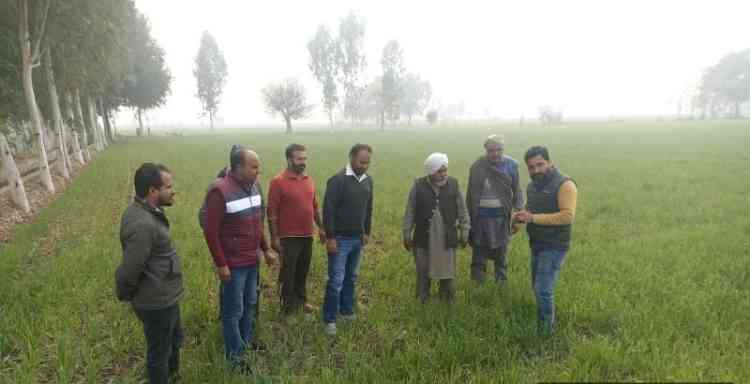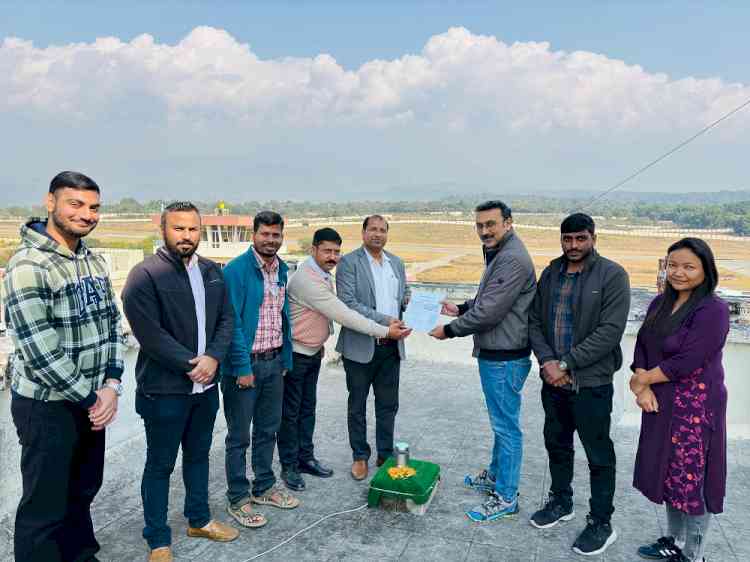PAU scientists assess crop conditions in Moga and Muktsar Sahib districts
A team of scientists from Punjab Agricultural University, Ludhiana, embarked on a field expedition to evaluate crop conditions across various locations in the districts of Moga and Muktsar Sahib. Their extensive survey covered key areas including Chand Purana Tibia, Baronke (Smalsar), Panj Grain Kalan, Goniana, Balamgarh, and Muktsar Rural on December 15, 2023.

Ludhiana, December 15, 2023: A team of scientists from Punjab Agricultural University, Ludhiana, embarked on a field expedition to evaluate crop conditions across various locations in the districts of Moga and Muktsar Sahib. Their extensive survey covered key areas including Chand Purana Tibia, Baronke (Smalsar), Panj Grain Kalan, Goniana, Balamgarh, and Muktsar Rural on December 15, 2023.
The preliminary findings of this survey indicated predominantly favorable conditions across the inspected fields. However, a notable exception was discovered in a one-acre plot at Village Balamgarh, where an estimated 3-5% of the crop, sown using Super Seeder technology, suffered damage from Pink Stem Borer infestation.
In addition to this localized issue, a concerning observation in certain fields of district Muktsar Sahib was the manifestation of a general yellowing effect. This discoloration was attributed to water stagnation in those areas, leading to adverse effects on the crops.
In response to these findings, Dr. Satbir Singh Gosal, Vice-Chancellor of PAU, extended reassuring advice to the farmers, emphasizing the importance of vigilance without succumbing to panic. He underscored the need for continuous monitoring to effectively address the incidence of Pink Stem Borer and other potential insect pests.
Dr. Ajmer Singh Dhatt, Director of Research at PAU, provided detailed recommendations to manage the Pink Stem Borer menace. In the event of an escalated infestation, farmers were advised to consider the application of either 1.2 Kg of Chlorpyriphos20EC (Dursban) or 7 kg of Fipronil 0.3G (Mortal/Regent) mixed with 20 EC of moist sand before irrigation. Alternatively, if irrigation had been previously applied, a foliar application of 50 gm of Chlorantraniliprole 18.5 SC (Coragen) in 80-100 litres of water was suggested as an effective recourse.


 City Air News
City Air News 













